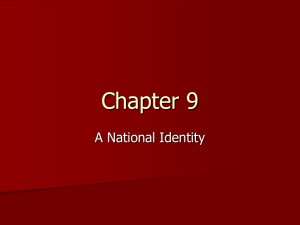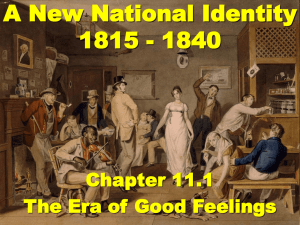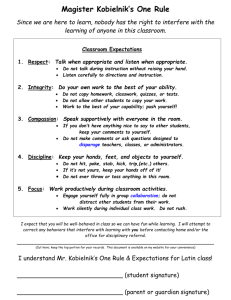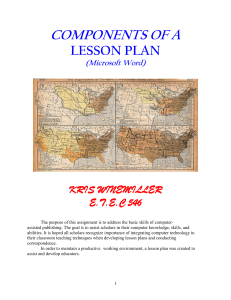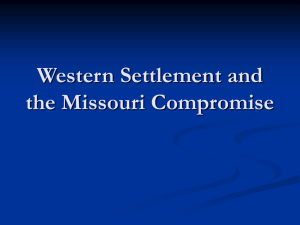Chapter 8
advertisement
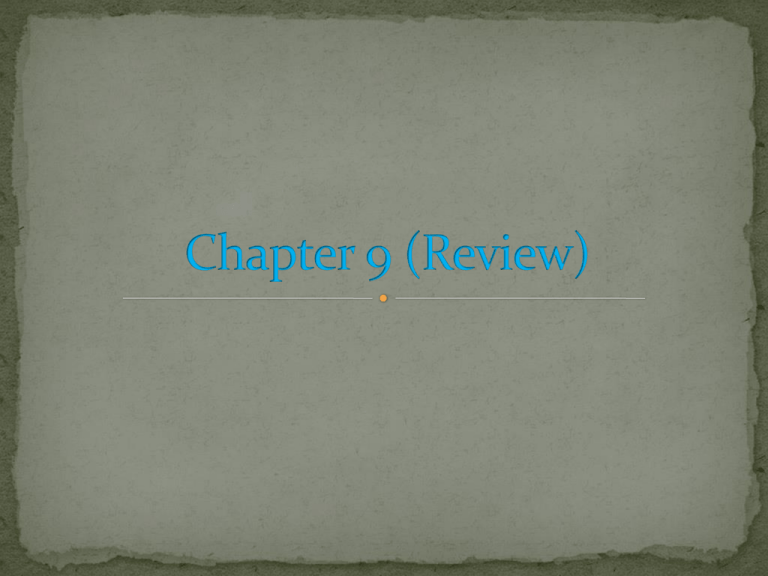
The U.S. and British Canada both wanted to keep their navies and fishing rights on the Great Lakes. Spring of 1817, the two sides compromised with the Rush-Bagot Agreement. This limited naval power on the Great Lakes for both sides. Another treaty known as the Convention of 1818, also set the border between the United States and Canada at 49 north latitude as far west as the Rocky Mountains. James Monroe was elected president in 1816. He sent troops to protect and secure the U.S. – Florida border. Andrew Jackson led these soldiers. At the same time, the Seminole Indians were helping runaway slaves and raiding the U.S. settlements. April 1818 Jackson captured the raiders. Then he overthrew the Spanish governor of Florida without authority. In 1819 the two countries U.S. and Spanish Florida signed the Adams-Onis Treaty, which settled all border disputes between Spain and the United States. Under this treaty, Spain gave East Florida to the U.S. In return, the U.S. gave up it claims to what is now Texas. U.S. leaders also agreed to pay up $5 million of U.S. citizens’ claims against Spain. The Monroe Doctrine was an exclusive statement of American policy warning European powers not to interfere with the Americas. It had 4 basic points. 1. The U.S. would not interfere in the affairs of European Nations. 2. The U.S. would recognize, and not interfere with, colonies that already existed in North and South America. 3. The Western Hemisphere was to be off limits to future colonization by any foreign power. 4. The U.S. Government would consider any European power’s attempt to colonize or interfere with nations in the Western Hemisphere to be a hostile act. The Cumberland Road was the first road built by the federal government in 1815; by 1850 it reached through Illinois. It ran from Cumberland, Maryland to Wheeling, a town on the Ohio River in present-day West Virginia. The Erie Canal is a water transportation that run from Albany, New York to Buffalo New York. Construction began in 1817 through 1825. The Era of Good Feelings was a period of peace, pride, and progress for the United States from 1815 to 1825. The emphasis on national unity was strengthened by two cases that reinforced the power of the national government. McCulloch vs. Maryland - The court asserted the implied powers of Congress by allowing for the creation of the National Bank. Gibbons vs. Ogden – The court said the states could not interfere with the power of Congress to regulate interstate commerce. The Missouri Compromise settled the conflict that had arisen from Missouri’s application for statehood. It had three main points. 1. Missouri would enter the Union as a slave state. 2. Maine would join the Union as a free state, keeping the number of slave and free states equal. 3. Slavery would be prohibited in any new territories or states formed north of 36o 30’ latitude------- Missouri’s southern border. Andrew Jackson won the most popular votes, but he did not have enough electoral votes to win office. The house chose John Quincy Adams as president. Adams chose Henry Clay to be secretary of state. The first American writer to gain international fame was Washington Irving. He was named after George Washington. His books were mostly about American History James Fenimore Cooper wrote about the West and the Native Americans who lived on the Frontier. His books were adventurous and appealed to patriotism actions. The first art school was Hudson River School. Thomas Cole was the founder of the school. He stated, “To walk with nature as a poet is the necessary condition of a perfect artist.” John Audubon was inspired by the authors and began to paint the American landscape and nature. The Audubon Zoo and Nature Center are named after him. Lesson 3: American Culture (Religion and Music) As religious revivalism swept through the United States, spirituals began. Spirituals were white and African folk-music traditions. “Hunters of Kentucky” celebrated the Battle of New Orleans. It became an anthem for the spirit of Nationalism. Thomas Jefferson calls for people to model their architecture after the styles of ancient Greece and Rome because of their democratic and republican ideals. American political leaders also called for an educated society. In 1837, Massachusetts lawmakers created a state board of education. Public education slowly grew.
